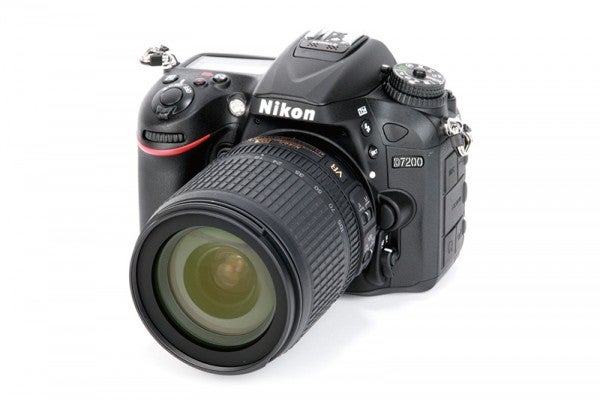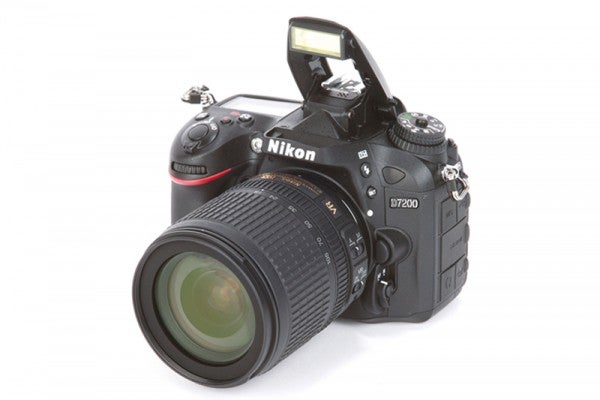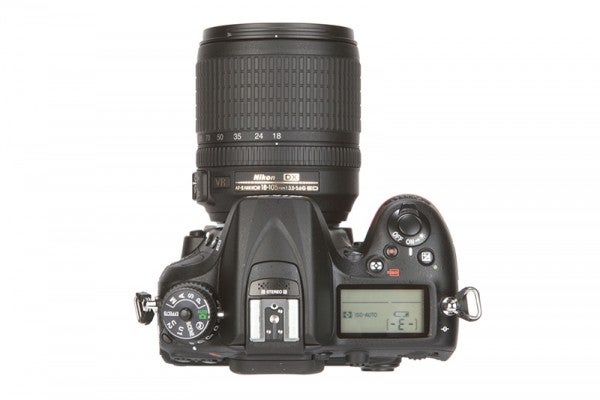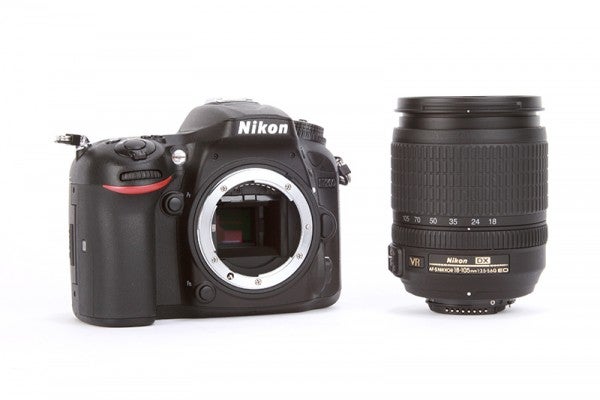Nikon D7200 Review - The D7200 is Nikon's latest DSLR, and it's aimed at being their best APS-C model to date. Does it succeed? Read on to find out...
Nikon D7200 Review
In 2010, Nikon release the Nikon D7000 which took the position of Nikon’s Flagship APS-C sensor DSLR and was the start of the D7XXX series of camera. With quick autofocusing systems and benefiting from the 1.5x crop factor given by the APS-C sensor, the series has been very popular with wildlife and sports photographers. The latest addition to this series is the all new Nikon D7200.

Features
The main upgrades from the D7200’s predecessor – the Nikon D7100 – are the impressive 51-point focus points coupled with a Multi Cam 3500 II autofocusing system. A new Expeed 4 processor and for the first time we see NFC connectivity added as well as WiFi connection.
A 6 frame per second speed is offered by the D7200 with it upping to 7 frames per second when choosing to shoot in 1.3x crop mode. Video in Full HD 1920 x 1080, 60p and 50p is also reserved for the 1.3x crop mode, while lower frame rates at the same resolution without the crop factor are also offered.
 Shooting speed
Shooting speed
The new Expeed 4 processor brings with it the ability to shoot 100 JPEG images or 27 12-bit RAW files before the buffer is full, while it also allows better in-camera JPEG processing.
A native sensitivity range of ISO 100-25,600 is offered by the D7200 and there are two extended modes of 51,200 and ISO 102,600, although unfortunately these are require the camera to shoot monochrome.
A large and bright viewfinder features on the D7200 which offers a 100% field-of-view, and of course there’s the LCD screen. This is a 3.2in 1.23-million-dot TFT LCD unit which has excellent colour rendition and a great angle of view but it’s somewhat disappointing that it’s fixed and doesn’t boast touch functionality.

Build
The front of the D7200 is constructed from polycarbonate, but the top and back parts, which are usually more susceptible to being bumped and knocked, are constructed from a more resistant magnesium alloy.
In addition, the D7200 is dust and weather sealed making it one of the most durable APS-C cameras around.
Not much has changed with regards to the basic button layout and general body design between the D7100 and the D7200. The both the body measurements and weight remain the same at 135.5 x 106.5 x 76mm and 675g (body only).
This means that the camera feels reassuringly heavy and well built, although it could be said that it lacks the refinement found in other Nikon DSLRs such as the D750 and D5500.
 Focusing
Focusing
There are 51 focus points in total, with 15 of the more sensitive cross-type AF points on hand. The central AF point, meanwhile, boasts a sensitivity of -3 e.v., allowing the D7200 to focus in moonlight or the equivalent minimal lighting conditions.
There is AF-S for single shots, AF-C for continuous focusing and also 3D continuous for intelligently tracking a subject across the frame. In all settings the focusing is incredibly, fast even in adverse lighting conditions.









